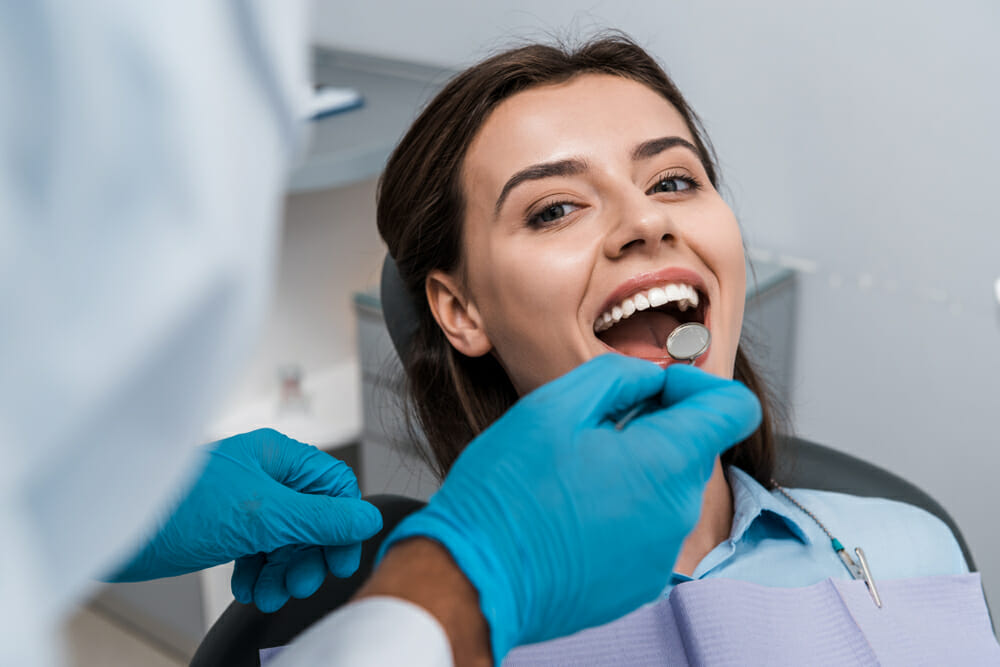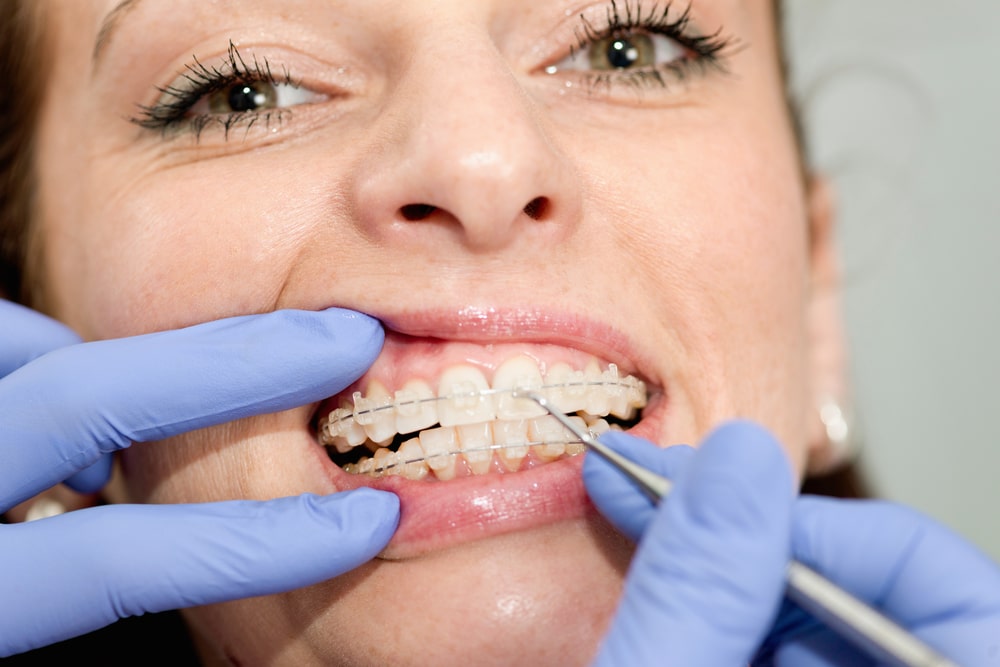The Ultimate Guide To Legacy Orthodontics
Table of ContentsSome Ideas on Legacy Orthodontics You Need To KnowHow Legacy Orthodontics can Save You Time, Stress, and Money.Legacy Orthodontics Fundamentals ExplainedNot known Details About Legacy Orthodontics Legacy Orthodontics for Dummies
In enhancement, we offer flexible treatment schedules, versatile payment alternatives and a fun, enjoyable experience.An orthodontist is a dental professional educated to detect, avoid, and treat teeth and jaw irregularities. They deal with existing problems and are educated to determine troubles that may establish in the future. Orthodontists deal with individuals of all ages, from children to grownups. Individuals usually connect a perfect smile with health.
Malocclusion, or misaligned teeth, can cause dental problems, including tooth decay, gum tissue illness, and tough or uncomfortable chewing. Not everybody is birthed with straight teeth. If you have a negative bite or large areas between your teeth, you might wish to get in touch with a dental practitioner specializing in orthodontic treatment.
Legacy Orthodontics Fundamentals Explained
( Picture Credit Score: DigitalVision/Getty Images) Orthodontists use taken care of and removable dental devices, like dental braces, retainers, and bands, to change the position of teeth in your mouth. Orthodontic treatment is for dental abnormalities, including: Uneven teethBite problems, like an overbite or an underbiteCrowded teeth or teeth that are also much apartJaw misalignmentThe objective of orthodontic therapy is to boost your bite.
A healthy and balanced bite guarantees you can eat, chew, and talk correctly. While you may think about orthodontists as mainly for kids or teenagers who need dental braces, they can correct oral troubles at any type of age. Orthodontists attend university, dental college, and orthodontic school. After college graduation, they spend 2 or 3 years in an orthodontic residency program.
All orthodontists are dental practitioners, but not all dental professionals are orthodontists. Orthodontic residency programs use intensive, concentrated instruction for dental experts. They concentrate on 2 locations: How to effectively and securely relocate teeth Just how to properly guide development in the teeth, jaw, and faceOnce an orthodontist has actually finished training, they have the option to become board licensed.
Unknown Facts About Legacy Orthodontics
Misalignment, or malocclusion, is one of the most typical reason individuals see an orthodontist. It is genetic and is the outcome of dimension distinctions in between the top and lower jaw or between the jaw and teeth. Malocclusion results in tooth overcrowding, an irregular jaw, or uneven bite patterns. Malocclusion is usually treated with: Your orthodontist affixes metal, ceramic, or plastic square bonds to your teeth.
If you have only small malocclusion, you might be able to utilize clear dental braces, called aligners, as opposed to standard dental braces (https://my-store-ffecfa.creator-spring.com/). Some individuals require a headgear to assist relocate teeth into line with stress from outside the mouth. After braces or aligners, you'll need to wear a retainer. A retainer is a custom gadget that maintains your teeth in location.
They can produce additional area in the mouth without having to draw teeth. Orthodontists utilize cords, medical screws, or plates to sustain your jaw bone.
You may require to see an orthodontist if you have: Crowding or otherwise adequate space for every one of your teethOverbite, when your top teeth come over your bottom teethUnderbite, when your try this site base teeth are too far forwardSpacing or problems with gapsCrossbite, which is when your top teeth fit behind your base teeth when your mouth is closedOpen bite or a vertical void between your front bottom and upper teethMisplaced midline, when the center of your base and top teeth don't align Remedying a dental malocclusion can: Make biting, eating, and speaking easierImprove the proportion of our face and your overall appearanceEase discomfort from temporomandibular joint conditionsSeparate your teeth and make them much easier to cleanse, helping protect against dental cavity or tooth cavities It's often a dental practitioner that first notifications misaligned teeth throughout a routine test.
The Definitive Guide for Legacy Orthodontics

Throughout your first orthodontic appointment, you'll likely have: An oral examPhotos taken of your face and smileDental X-raysPanoramic (360 degree) X-rays of your face and headImpressions to develop mold and mildews of your teethThese examinations will assist your orthodontist know exactly how to wage your treatment. orthodontist. An orthodontist is a dental practitioner that's had training to treat your teeth and jaw
Orthodontists may perform surgical treatment, exams,X-rays,and more to help you obtain a more comfortable, much healthier smile. An orthodontist is focused on your bite, so something like a broken tooth would certainly be dealt with by a dentist. Orthodontists are dental practitioners but not all dental practitioners are orthodontists. Orthodontists are focused on your bite, or the means your teeth fit with each other, and the straightness of your teeth.
Ever before questioned just how stars constantly seem to have completely straightened teeth? Orthodontists are dental experts that concentrate on remedying irregularities in the teeth and jaws.
Indicators on Legacy Orthodontics You Should Know

, orthodontists have a varied toolkit at their disposal. These tried-and-true braces make use of a system of braces bound to the teeth and connected by wires.
Clear aligners, like Invisalign, are a popular option for people seeking a much more discreet treatment choice. These removable trays are personalized to considerably change the teeth's position. Headwear might be used in combination with dental braces or aligners to use extra targeted forces, particularly for fixing jaw inconsistencies. In cases of narrow jaws, palatal expanders can be used to create area for correct tooth placement.